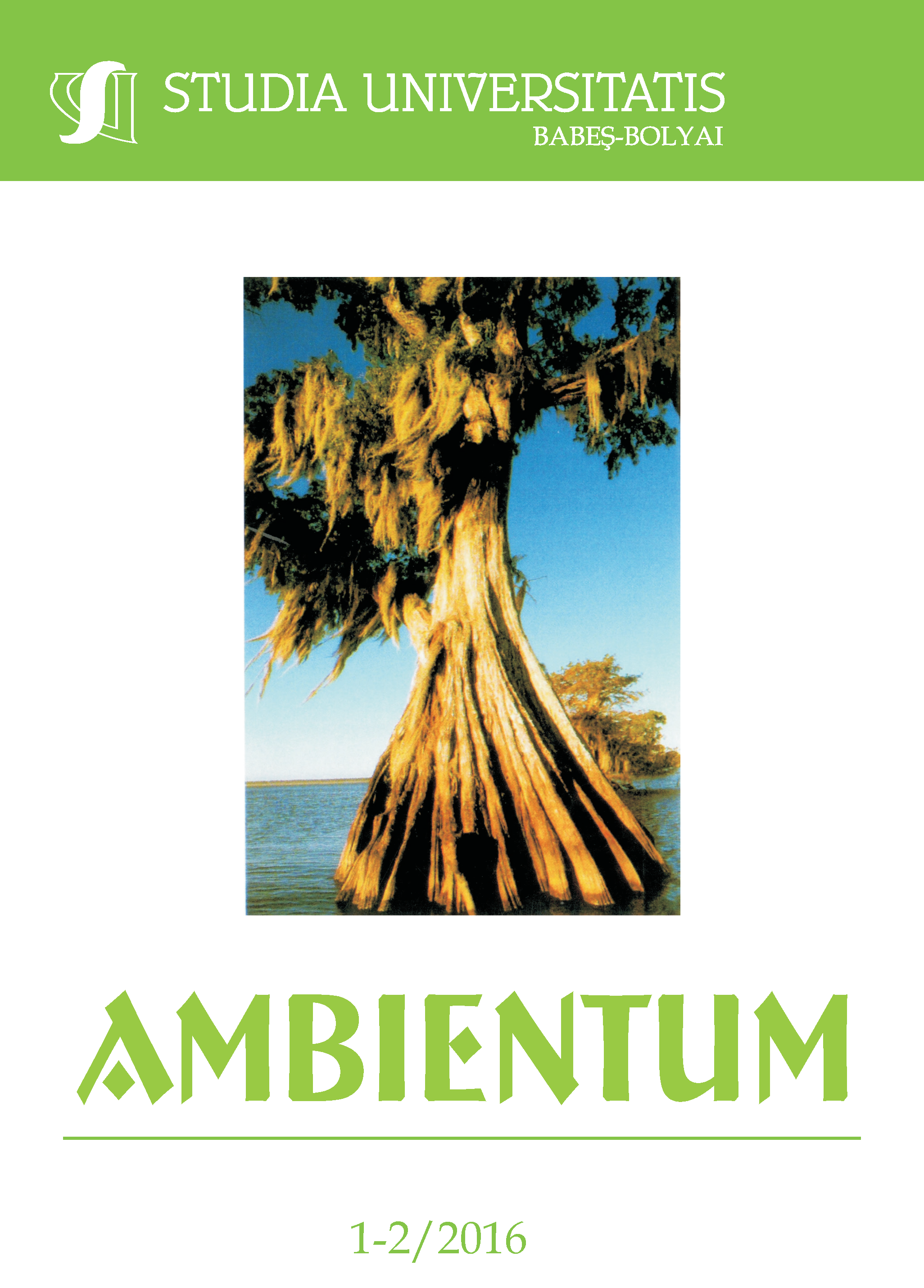DYNAMIC ASSESSMENT METHODS IN A CHANGING WORLD
Keywords:
environmental pollution, dynamic assessment, limit valuesAbstract
For the field of environmental pollution as for the sustainability field there is a need to have direct access not only to specific methodologies by a systematic approach, but also to assessment methods. In the mentioned fields, the difficulty is represented by the fact that sometimes it is difficult to establish limit values. Regarding sustainable development, there is often the situation of not having limit values, in contradiction to the environmental pollution field, where emission or immision limit values have already been established for most of the pollutants. Establishing development limit values is pretty difficult in all sustainability fields, i.e. economic, environmental and social fields. In the environmental field in most of the cases, there are limit values, but in the other two relevant sustainability fields, economic and social field, establishing limit values is not at all easy. This means that nowadays it is pretty difficult to precociously assess if a certain development will assure the sustainability of the region in consideration. In the last few years, several discussions were initiated on a scientific level, regarding the necessity to develop a so-called dynamic assessment methods, in order to make evaluation in those fields where limit values for a certain development cannot be defined or do not exist, as for instance in medical or social fields. The idea behind dynamic assessment methods is actually that different parameter gradients are compared, and not the parameter values themselves. Results will be debated and conclusions concerning the presented methodology will be drawn.
References
Engelhardt W., Weinzierl H., 1993, Der Erdgipfel. Economica, Bonn, Germany.
Hauff V. (Ed), 1987, Our Common Future, The Brundtland Report of the World Commission on Environment and Development, Oxford Univ. Press, Oxford, UK.
Jischa M.F., 2005, Herausforderung Zukunft, 2. Edition, Spektrum, Heidelberg, Germany.
Lengsfeld T., Tulbure I., Ali V. (Eds.), 2003, Exploring a worthwhile future for all, A report of tt30 of the Club of Rome, Spanish Chapter of the Club of Rome, Valencia, Spain.
Ludwig B., 1995, Methoden zur Modellbildung in Technikbewertung, Doctoral thesis, TU Clausthal, Papierflieger, CUTEC no. 18, Clausthal-Zellerfeld, Germany.
Meadows D., Meadows D., Randers J., Behrens W.W., 1972, The Limits to Growth, Universe Book, New York, USA.
RAND Europe, 2004, TERRA2000 – The 21st Century, Final Report. Information Society and Sustainable Development. Leiden, Netherlands.
Tulbure I., 1997, Zustandsbeschreibung und Dynamik umweltrelevanter Systeme. Doctoral thesis, TU Clausthal; Papierflieger, CUTEC no. 25, Clausthal-Zellerfeld, Germany.
Tulbure I., 2003, Integrative Modellierung zur Beschreibung von Transformations-prozessen, VDI-Fortschrittsberichte, 16 (154), VDI-Verlag, Düsseldorf, Germany.
Tulbure I., 2013, Technology Assessment - Vorlesungsskript. Lecture Notes. Clausthal University of Technology. Clausthal-Zellerfeld, Germany.
Tulbure I., 2015, New developing Forms and Pattern for Assuring the Sustainability of our Society, p. 57-66. In: Vasilescu, C., Flonta, M.,L., Crăciun, I., 2015: On Form and Pattern, Academia Publishing House, Bucharest.
VDI-Richtlinie 3780, 2000, Technikbewertung - Begriffe und Grundlagen, new edition, VDI Publishing House, Düsseldorf, Germany.
Downloads
Published
How to Cite
Issue
Section
License
Copyright (c) 2016 Studia Universitatis Babeș-Bolyai Ambientum

This work is licensed under a Creative Commons Attribution-NonCommercial-NoDerivatives 4.0 International License.





 ISSN (online): 2065-9490 | ISSN (print): 1843-3855 | ISSN-L: 2065-9490
ISSN (online): 2065-9490 | ISSN (print): 1843-3855 | ISSN-L: 2065-9490